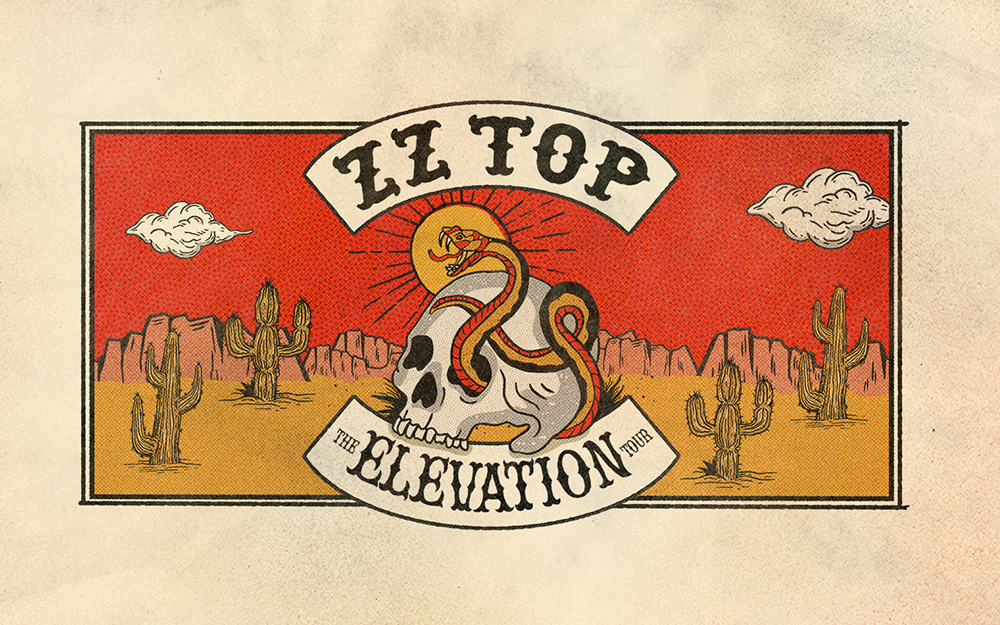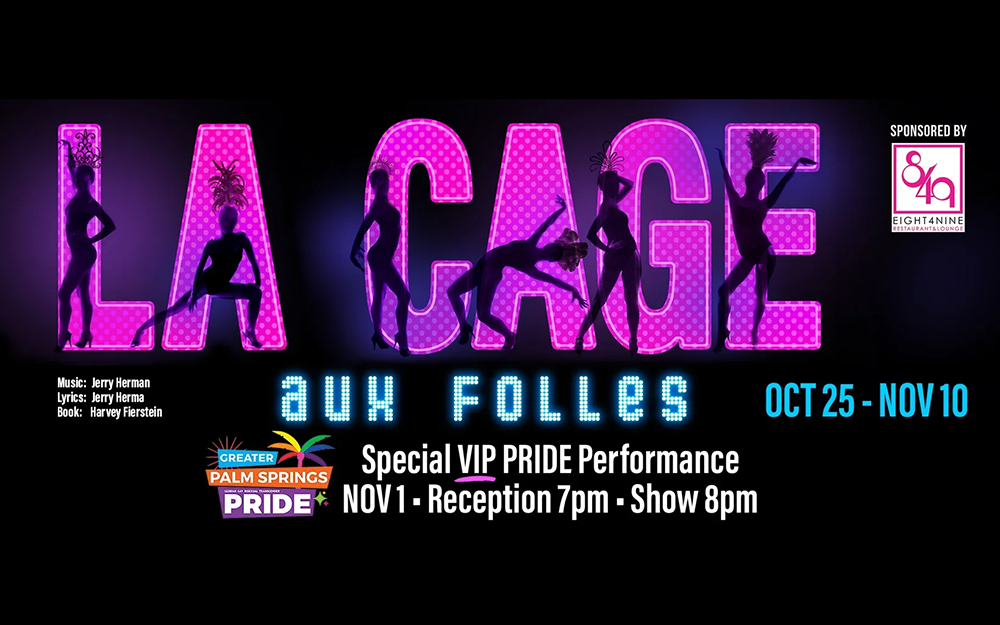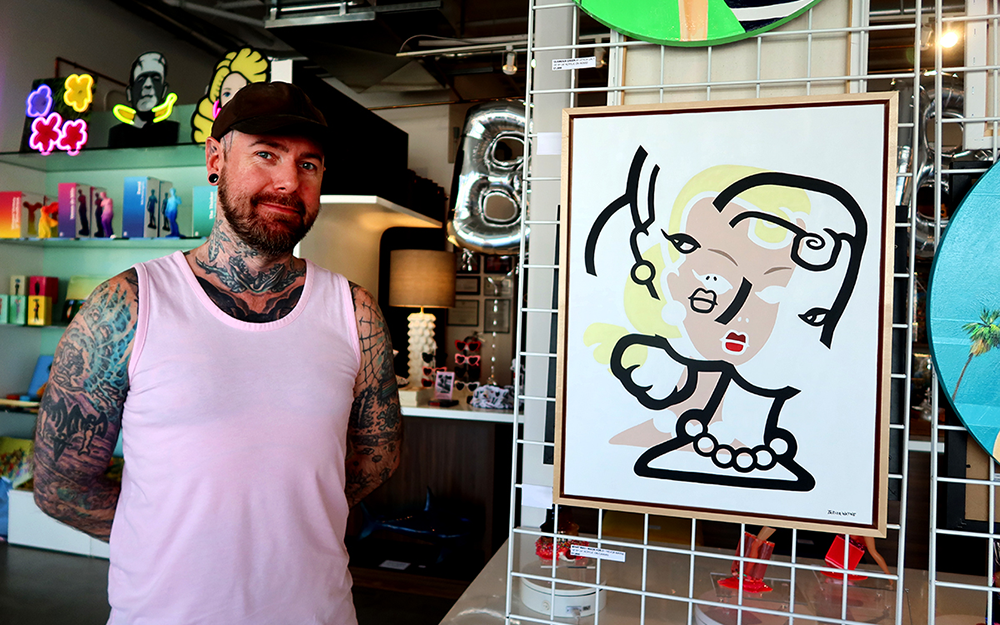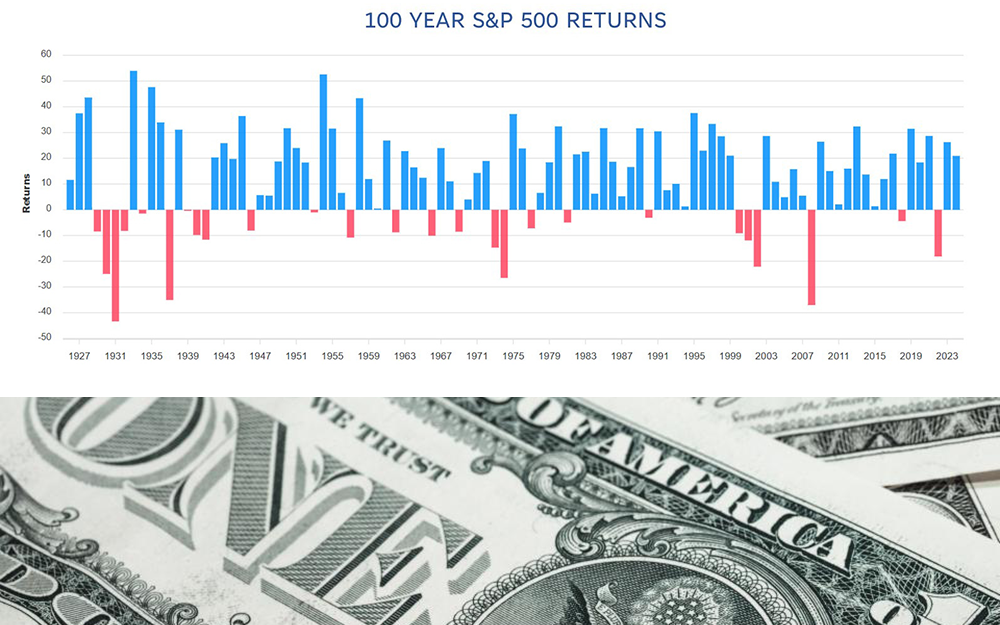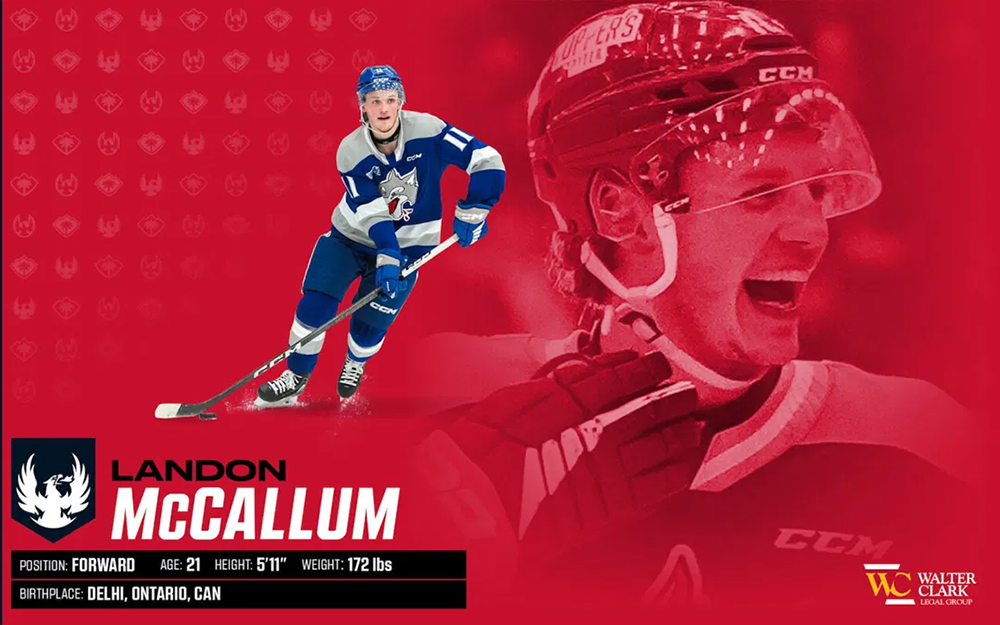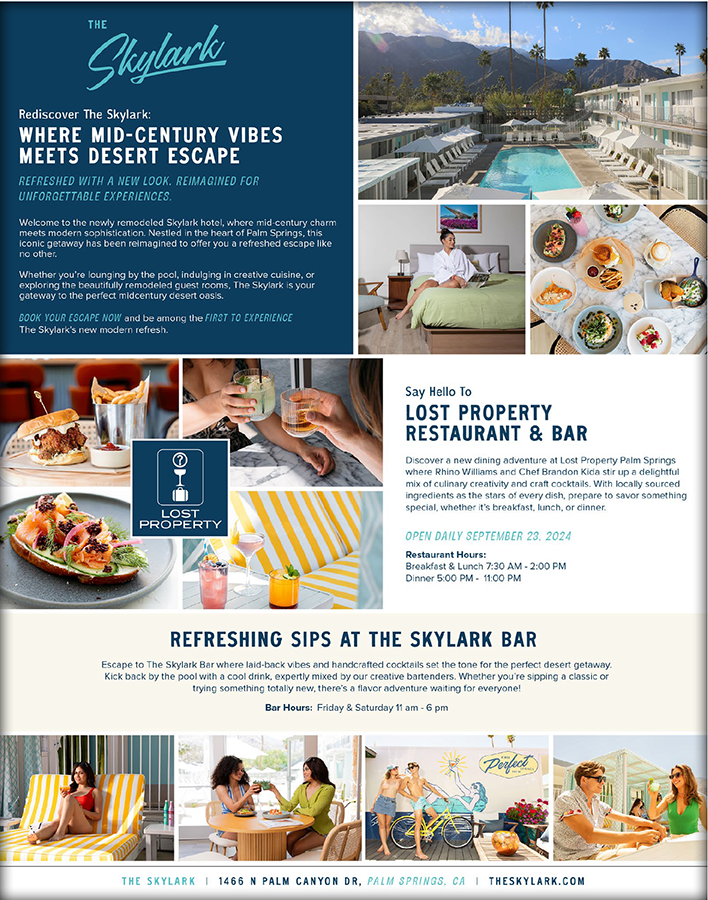
BY RICK RIOZZA
Welcome back folks to Coachella’s writing wine bar. Our last couple of columns centered on the refreshment of gin and its stable of stellar cocktails. Now back in the saddle again of winsome wine, let’s review some recommendations of invigorating and revitalizing quaffs during the dog days of August.
We always traditionally think of a Sauvignon Blanc, perhaps a trocken (dry) German Riesling from Rheingau, or even the Austrian Gruner as one of the globe’s bracing and thirst-quenching wines to be enjoyed in the heat.
But for starters here, let’s begin with a fresh Chardonnay from the Mendoza Valley in Argentina. No—it’s not one of the buttery Chardonnays that you can stick a fork in. For those Chards, read last month’s column, Buttertown, U.S.A. (and thanks for your kind emails—there are surely a bunch of butter loving “vinophiles” out there!).
 Recently, I’ve been pouring Mascota Vineyards La Mascota Chardonnay, 2014 at the Palm Desert’s Total Wine & More tasting wine bar. You’d be amazed at how many ladies and gentlemen first refuse to even taste or think about trying a chilled Chard from Argentina—and it’s hot outside! Some folks don’t like Chardonnay at all; others, a bit scared of trying a wine made so far away!
Recently, I’ve been pouring Mascota Vineyards La Mascota Chardonnay, 2014 at the Palm Desert’s Total Wine & More tasting wine bar. You’d be amazed at how many ladies and gentlemen first refuse to even taste or think about trying a chilled Chard from Argentina—and it’s hot outside! Some folks don’t like Chardonnay at all; others, a bit scared of trying a wine made so far away!
So I agreeably and pleasantly pour them their cherished red request. But . . .oops! Someone joins in the tasting, tries the Mascota, and just can’t stop raving about this offered La Mascota Chard. “All right—we’ll try it,” relent the red wine tasters. Of course they love it—what’s not to love? With waxy peach aromas, this wine is both fresh and fruity with mineral and straw undertones; medium-bodied at most with peach, nectarine and melon flavors, pleasing bright acidity and a tangy finish. And how often will I hear this from those naysayers : “It doesn’t taste like a Chardonnay!”
So yes—it doesn’t taste like an over-oaked or full-bodied buttery Chard. This wine is lean and clean. A wonderful wine for the desert community, it’s a vibrant white that will go with all summer fare such as salads, seafood, and chicken. And at only $8.99 a bottle, it’s the wine deal of the day/month/year!
Okay—so let’s get back to a discussion on Sauvignon Blanc. We mention quite often that there are some particular styles to the Sauv blanc depending where it’s grown. There are more than 10 countries that specialize in Sauvignon Blanc and each region offers a unique taste. It seems as though a lot of folks like to stay in one particular style from one particular place, such as New Zealand, or California, or France.
Everyone seems to be the most vocal when it comes to Kiwi Sauv Blanc. They either love it or hate it! Most New Zealand stuff shows passionfruit, green pepper, lemongrass and gooseberry with razor sharp acidity. California is generally mellower with round fruit flavors of white peach, grapefruit, and honeydew melon with, medium acidity. Sancerre is back on the zesty side with its steely notes of lime and green grass with its trademark chalky minerallity.
A great deal in both quality and price is the Governor’s Bay Marlborough Sauvignon Blanc, 2016 at $12.49 a bottle. This is certainly New Zealand in character and flavor profile—but, with a nod to the California with its rounder tangs. The grassy, smoky lemon-lime flavors are light and crisp with lemongrass notes on the finish. I recommend this wine all the time and everyone seems pretty happy about it!
Despite the fact that South Africa has a dry warm climate, the region produces quite a sizable amount of high-quality Sauvignon Blanc. Within the Western Cape region there are several smaller distinct areas including Stellenbosch, Franschhoek and Elgin (among others) that are known for producing barrel-fermented/aged Sauvignon Blancs with extreme power and finesse.
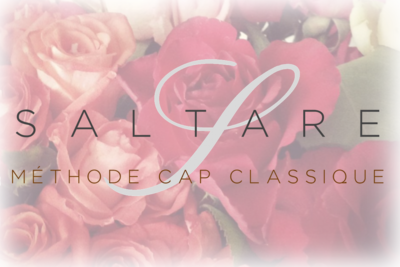 And speaking about South Africa, the popular Saltare Method Cap Classique Brut Nature, at $13.99 is a fresh bubbly perfect on its own anytime during the day and amazing with oysters and other seafood. The wine has aromas of sliced grapefruit and white flowers introduce the freshness of the wine, accompanied by brioche and biscuity notes. There are fresh lemon, strawberry, gooseberry, lime zest and honey-cake on the palate, with a delicate texture of oyster shells that reflects the chalky origins of the vines. A great blend of 50-60% Chardonnay and 40-50% Pinot Noir.
And speaking about South Africa, the popular Saltare Method Cap Classique Brut Nature, at $13.99 is a fresh bubbly perfect on its own anytime during the day and amazing with oysters and other seafood. The wine has aromas of sliced grapefruit and white flowers introduce the freshness of the wine, accompanied by brioche and biscuity notes. There are fresh lemon, strawberry, gooseberry, lime zest and honey-cake on the palate, with a delicate texture of oyster shells that reflects the chalky origins of the vines. A great blend of 50-60% Chardonnay and 40-50% Pinot Noir.
Ch. de Nages Nimes Blanc V V 2015 (France). Ripe and complex Rhone white that delivers a bold, flavored, and fruit-driven wine with structure that does not depend on oak. I recommend this wholeheartedly; everyone enjoys it. The texture of this green apple and floral white is smooth and luscious, a wonderful summer refresher to leave a lasting impression. ($14.99)
Kupelwieser Pinot Grigio 2016 (Italy). Pays homage to its Austrian roots, this Italian Pinot Grigio is linier and complex with laser-like mineral elements that are a welcome addition to the crisp and bright green apple and pear notes. ($19.99)
Groiss Gruner Veltiner 2015 (Austria). Citrus aromas are the first thing to greet you upon raising the glass. This bright and lemony wine has just the right balance of acidity and minerality. Elegant with a light finish make for a nice poolside wine. ($10 per 1-L. bottle) It’s time to try a Gruner!
Of course whenever I recommend an Austrian wine, I’m always pleased to mention Johannes Restaurant in Palm Springs. Johannes Bacher is the Owner and Executive Chef of this fabulous, elegant, and fun restaurant. It’s the perfect eatery for the summer.
I always write that he’s the artist-type in the kitchen, His subtle, creative dishes are exciting and his cosmopolitan menu shows off the chef’s Austrian roots. Cheers!




